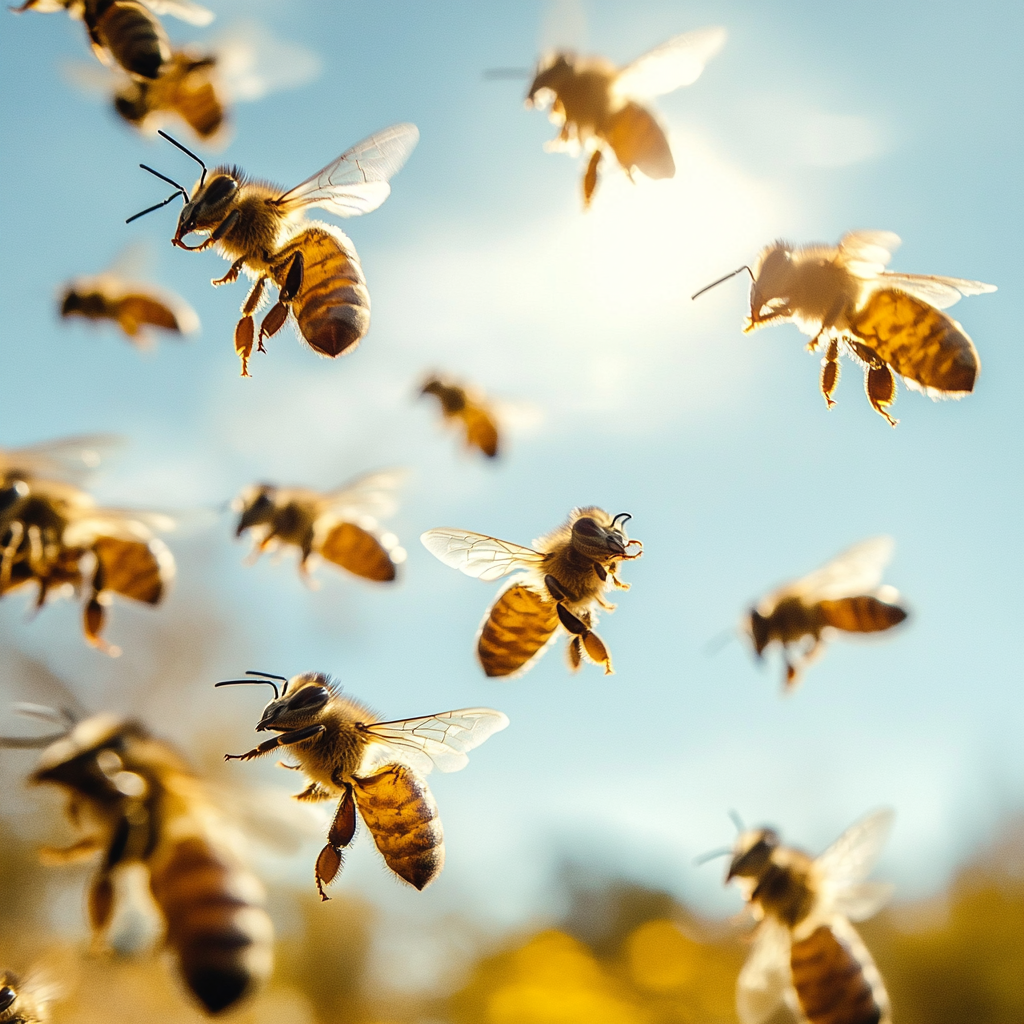Honeybees (Apis mellifera) are not a single uniform species—different races have evolved based on geography, climate, and selective breeding. Each race possesses distinct traits that influence temperament, productivity, overwintering ability, and disease resistance. Choosing the right race for your region and management style is key to successful beekeeping.
A Brief History of Bee Races
Honeybee races have been shaped by thousands of years of adaptation and human intervention. Early European settlers brought their bees to the Americas, and over time, selective breeding has refined traits to enhance honey production, docility, and resilience. Some races, like the Carniolan and Caucasian bees, evolved in mountainous regions, favoring cold-hardiness and rapid seasonal shifts, while others, such as Italian bees, originated in Mediterranean climates, developing strong foraging and brood-rearing tendencies. Hybridization, such as with Buckfast, Russian, and Saskatraz bees, has further expanded options for beekeepers, blending desirable traits from multiple lineages.
Common Bee Races and Their Characteristics
Italian Bees (Apis mellifera ligustica)
📌 Origin: Mediterranean region
✅ Strengths: Gentle, prolific brood rearing, excellent honey production
❌ Weaknesses: High consumption of winter stores, susceptible to robbing
Carniolan Bees (Apis mellifera carnica)
📌 Origin: Central Europe
✅ Strengths: Strong overwintering ability, disease resistance, rapid spring buildup
❌ Weaknesses: Prone to swarming due to rapid colony expansion
Caucasian Bees (Apis mellifera caucasica)
📌 Origin: Caucasus Mountains
✅ Strengths: Long tongues for deep flowers, heavy propolis production
❌ Weaknesses: Slow spring buildup, excessive propolis can hinder inspections
Russian Bees
📌 Origin: Primorsky region, Russia
✅ Strengths: Natural resistance to varroa mites, adaptability to harsh climates
❌ Weaknesses: More defensive, slower spring population growth
Buckfast Bees
📌 Origin: Hybrid developed by Brother Adam in the UK
✅ Strengths: Strong honey production, disease resistance, low swarming tendency
❌ Weaknesses: Hybrid variability can lead to unpredictable traits in offspring
Saskatraz Bees
📌 Origin: Selectively bred in Saskatchewan, Canada
✅ Strengths: High honey production, strong varroa and disease resistance, winter-hardy
❌ Weaknesses: Still relatively new, genetic consistency varies among breeders
Choosing the Right Bee Race
Selecting the best bee race depends on your climate, management style, and beekeeping goals. Gentle, prolific bees like Italians may suit beginners, while disease-resistant Russians or Carniolans may be better for regions with harsh winters or varroa pressure. Hybrid strains like Buckfast and Saskatraz offer balanced performance but require careful sourcing due to genetic variability.
Ultimately, no single bee race is superior—each has adapted to specific conditions over centuries. By understanding these differences, beekeepers can make informed decisions that enhance colony health, productivity, and sustainability.


